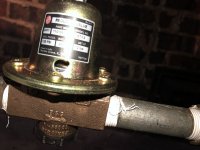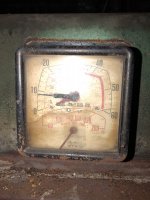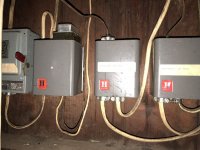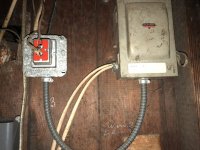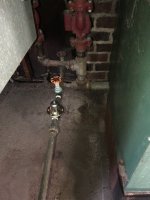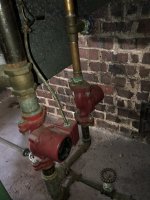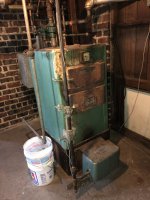jackthepug
New Member
New to the boiler game and looking for some feedback. Pressure relief valve blew. Had new prv and reducing valve replaced which is a 12 psi. Since then, my pressure is reading at 9-10psi and I have no water at upstairs boilers. I’ve been bleeding rads. Upstairs and getting air but it has been over a week of doing this and still no water, just air at upstairs radiators. The guy who installed said to keep bleeding air but I don’t think it should take over a week.
The pressure reducing valve has a screw on top but no lever to add water. Could the lever have been removed? Is it universal to where I can get a lever to add water? Do I need to turn the screw on top to increase pressure?
I turned it on today and the pressure only went up to about 10-11psi and bottom radiators we’re heating fine. This thing looks ancient and is a Weil-McLain. Will try to post pics. Thanks for any feedback.
The pressure reducing valve has a screw on top but no lever to add water. Could the lever have been removed? Is it universal to where I can get a lever to add water? Do I need to turn the screw on top to increase pressure?
I turned it on today and the pressure only went up to about 10-11psi and bottom radiators we’re heating fine. This thing looks ancient and is a Weil-McLain. Will try to post pics. Thanks for any feedback.
Attachments
-
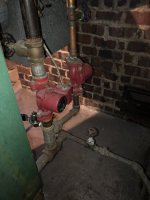 AA27E708-C3D7-41A1-80A2-2A64010E4325.jpeg81 KB · Views: 368
AA27E708-C3D7-41A1-80A2-2A64010E4325.jpeg81 KB · Views: 368 -
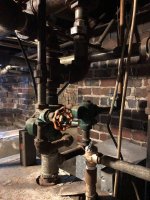 FC8B4E55-8FCA-46EE-BF37-178BD0E1DFA0.jpeg109 KB · Views: 369
FC8B4E55-8FCA-46EE-BF37-178BD0E1DFA0.jpeg109 KB · Views: 369 -
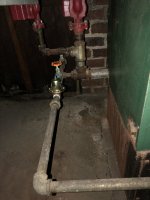 791FE0A8-C017-4C5E-9C5F-54068C5D1DB1.jpeg80.5 KB · Views: 373
791FE0A8-C017-4C5E-9C5F-54068C5D1DB1.jpeg80.5 KB · Views: 373 -
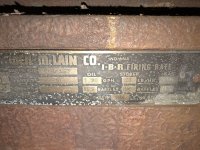 4C862B86-8228-4633-BF8E-45DFBD1DD947.jpeg133.6 KB · Views: 398
4C862B86-8228-4633-BF8E-45DFBD1DD947.jpeg133.6 KB · Views: 398 -
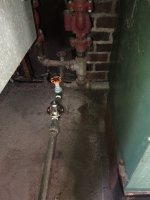 AEBC46D2-1401-4199-9DA4-83DDDD3AE3D0.jpeg74.2 KB · Views: 394
AEBC46D2-1401-4199-9DA4-83DDDD3AE3D0.jpeg74.2 KB · Views: 394 -
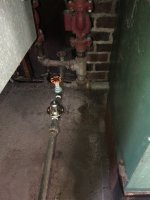 260F64A1-B7A7-4FC9-BE4E-A6E64A842561.jpeg74.2 KB · Views: 367
260F64A1-B7A7-4FC9-BE4E-A6E64A842561.jpeg74.2 KB · Views: 367

